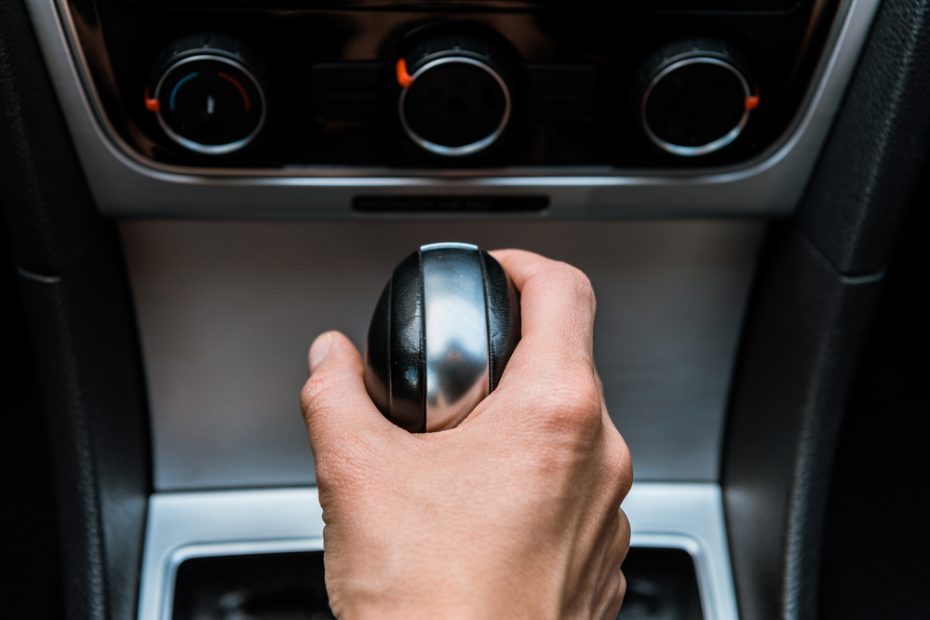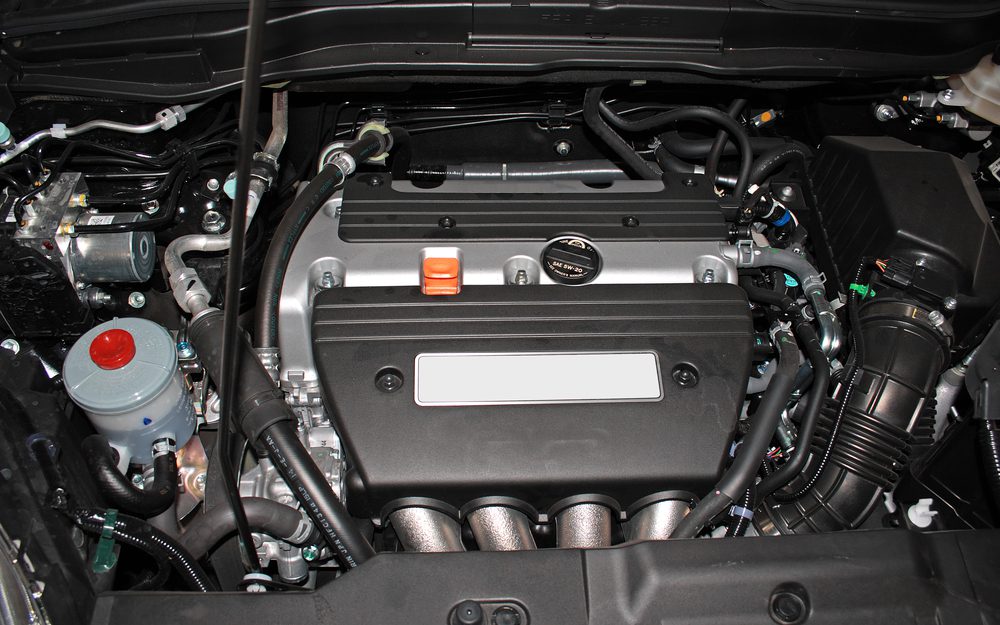Where is ECM located in a car?
The Engine Control Module (ECM), also known as the Powertrain Control Module (PCM), is an essential part of a modern car’s electronic system. It plays a crucial role in controlling various functions of the engine, transmission, and other components to ensure optimal performance and efficiency.
What is the ECM?
The ECM is a specialized computer that monitors and manages the engine’s operation based on data from various sensors. It collects information about the engine’s speed, temperature, air/fuel mixture, and other factors to make real-time adjustments that optimize performance, fuel economy, and emissions.
Location of the ECM
The specific location of the ECM can vary depending on the make and model of the vehicle. In most cars, however, the ECM is typically found in one of the following locations:
- Under the dashboard: In many vehicles, the ECM is located under the dashboard on the driver’s side. It is often tucked away behind the instrument cluster or near the steering column.
- In the engine bay: Some cars have the ECM positioned in the engine compartment. It may be located on the firewall, near the battery, or mounted directly on the engine.
- Inside the cabin: In a few cases, particularly in high-end or luxury vehicles, the ECM can be found inside the cabin, usually in the trunk area or under the rear seats.
It’s important to note that these are general locations, and the exact placement can vary even within the same vehicle model. Consulting the car’s manual or seeking professional assistance is always advisable for accurate identification.
Significance of ECM Location
The positioning of the ECM is determined by factors such as accessibility, heat dissipation, and protection from elements. Placing it in the cabin may provide better protection but may increase the complexity and cost of installation. On the other hand, locating it in the engine bay may expose it to higher temperatures and vibrations but allows for easier access during maintenance or troubleshooting.
Fun Fact: Did you know that the ECM is often referred to as the “brain” of the car?
ECM Functionality
The ECM is responsible for a wide range of functions, including:
- Monitoring engine sensors: The ECM constantly receives data from sensors located throughout the engine and other systems. It analyzes this information to make real-time adjustments and ensure optimal operating conditions.
- Controlling fuel injection: The ECM regulates the fuel injectors to deliver the correct amount of fuel based on engine load, speed, and other parameters. This helps maintain efficient combustion and ensure appropriate power output.
- Adjusting ignition timing: By monitoring sensor inputs, the ECM determines the ideal ignition timing for the engine. It adjusts the timing to maximize power, improve fuel efficiency, and reduce emissions.
- Managing emissions systems: The ECM controls various components of the emission control system, such as the catalytic converter and oxygen sensors. It ensures compliance with environmental regulations and monitors the effectiveness of these systems.
- Communicating with other systems: The ECM exchanges data with other onboard computers, such as the transmission control module and anti-lock braking system, to coordinate their operations and ensure seamless performance.
These are just a few examples of the ECM’s vital functions, highlighting its significance in modern vehicle operation.
In conclusion
The Engine Control Module is a critical component of a car’s electronic system, responsible for monitoring and controlling various engine functions. Its location can differ depending on the vehicle, with common positions being under the dashboard, in the engine bay, or inside the cabin. Understanding the ECM’s role and location can aid in troubleshooting and maintenance when necessary. Always consult the car’s manual or seek professional assistance for accurate identification and proper handling of the ECM.
Where is the ECM Fuse Located?
The ECM (Engine Control Module) is an essential component in a car’s electrical system. It is responsible for controlling and monitoring various functions of the engine. However, like any electronic device, the ECM can sometimes experience issues due to blown fuses.
What is an ECM Fuse?
An ECM fuse is a safety device that protects the ECM from electrical overload or short circuits. If a fault occurs in the ECM or its wiring, the fuse will blow, cutting off power to the ECM and preventing further damage. Therefore, it is important to know the location of the ECM fuse in case it needs to be checked or replaced.
Locating the ECM Fuse
The exact location of the ECM fuse can vary depending on the make and model of the vehicle. In most cars, however, the ECM fuse is typically located in the engine bay fuse box or the main fuse box under the bonnet. This fuse box is usually labeled and can easily be identified by checking the owner’s manual or the fuse box cover.
Once you have located the fuse box, remove the cover to access the fuses. The ECM fuse should be labeled accordingly. Refer to the diagram or the labeling on the fuse box cover to identify the specific fuse for the ECM.
Checking and Replacing the ECM Fuse
If you suspect that the ECM fuse is blown, visually inspect the fuse to check for any signs of damage or a broken filament. If the fuse appears to be faulty, it will need to be replaced with a new one of the same amperage rating.
Note: It is crucial to use a fuse of the correct amperage rating to avoid electrical problems or potential damage to the ECM.
Once you have replaced the fuse, securely place the fuse box cover back on and ensure it is properly fastened. Start the car and check if the ECM-related issues have been resolved. If not, it may be necessary to seek professional assistance to diagnose and repair the problem.
Is the ECM part of the engine?
The Engine Control Module (ECM), also known as the Engine Control Unit (ECU), is a critical component in modern cars. It is responsible for monitoring and controlling various aspects of the engine’s performance, ensuring optimal operation and efficiency.
Contrary to popular belief, the ECM is not physically part of the engine itself. Instead, it is a separate electronic unit that communicates with the engine’s sensors and actuators to regulate fuel injection, ignition timing, air-fuel mixture, and other parameters.
The ECM is typically located inside the passenger compartment or the engine bay, depending on the make and model of the vehicle. Its placement may vary between different car manufacturers, but it is usually positioned in a location that allows easy access for diagnostics and repairs.
Function of the ECM
The ECM acts as the “brain” of the engine, constantly receiving input from various sensors and making real-time adjustments to optimize performance and emissions.
Some of the key functions performed by the ECM include:
- Monitoring engine sensors such as the oxygen sensor, mass airflow sensor, and throttle position sensor.
- Calculating the appropriate fuel injection timing, duration, and pressure based on sensor inputs.
- Controlling ignition timing to ensure efficient combustion.
- Managing the idle speed control and throttle position.
- Regulating emissions control systems, such as the catalytic converter.
In addition to these main functions, the ECM also stores diagnostic trouble codes (DTCs) when it detects a fault or malfunction. These codes can be accessed using a diagnostic tool to help identify and resolve any issues with the engine or related systems.
Conclusion
Knowing the location of the ECM fuse is important for troubleshooting and resolving potential issues with the ECM. Consult your car’s manual or fuse box cover for the exact location, and exercise caution when inspecting and replacing the fuse. If you are unsure or unable to locate the ECM fuse, it is always recommended to consult a qualified mechanic or contact the manufacturer for guidance.
The ECM is a vital component in modern car engines, responsible for regulating various engine parameters to ensure optimal performance and efficiency. Although not physically part of the engine itself, the ECM plays a crucial role in controlling its operation.
Next time you wonder where the ECM is located in a car, remember that it is positioned separately from the engine but within easy reach for diagnostic purposes.



